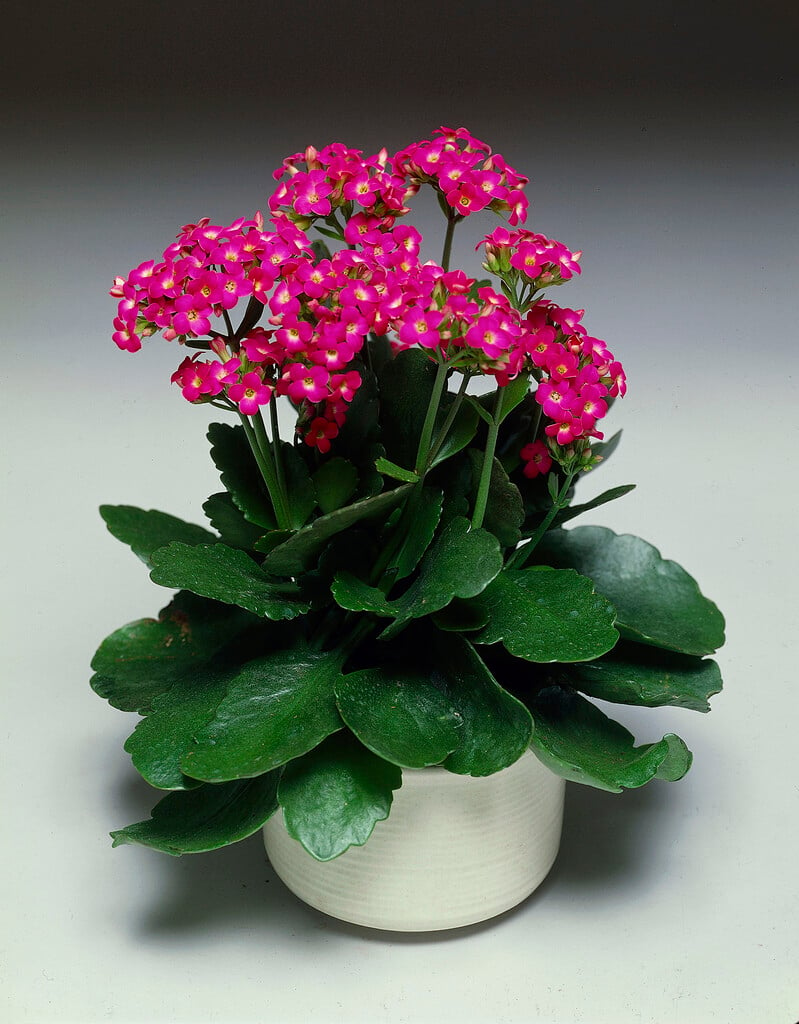Size
Ultimate height
0.1–0.5 metresTime to ultimate height
2–5 yearsUltimate spread
0.1–0.5 metresGrowing conditions
Moisture
Moist but well–drained, Well–drainedpH
Acid, Alkaline, NeutralColour & scent
| Stem | Flower | Foliage | Fruit | |
| Spring | Red | Green | ||
|---|---|---|---|---|
| Summer | Green | |||
| Autumn | Green | |||
| Winter | Green |
Position
- Partial shade
Aspect
South–facing or West–facing or East–facing
Exposure
ShelteredDrought resistance
Yes Hardiness
H1BBotanical details
- Family
- Crassulaceae
- Native to GB / Ireland
- No
- Foliage
- Evergreen
- Habit
- Bushy
- Potentially harmful
- Pets (dogs, cats, rabbits, rodents, caged birds): Harmful if eaten. For further information and contact numbers regarding pets, see the HTA guide to potentially harmful plants
- Genus
Kalanchoe can be annuals, biennials, perennials, shrubs or trees, with succulent, simple or pinnately lobed foliage and tubular or bell-shaped flowers with four lobes
- Name status
Correct
How to grow
Cultivation
Grow indoors in a peat-free, loam-based potting compost with added extra grit in bright filtered light. Water moderately when in growth, sparingly when dormant. Apply a balanced liquid fertiliser 2 or 3 times in the growing season. The photo shows Calandiva Series
Propagation
Propagate by seed or offsets in spring
Suggested planting locations and garden types
- Patio and container plants
- Cottage and informal garden
Pruning
No pruning required
Pests
May be susceptible to mealybugs and vine weevil
Diseases
Generally disease-free
Get involved
The Royal Horticultural Society is the UK’s leading gardening charity. We aim to enrich everyone’s life through plants, and make the UK a greener and more beautiful place.
